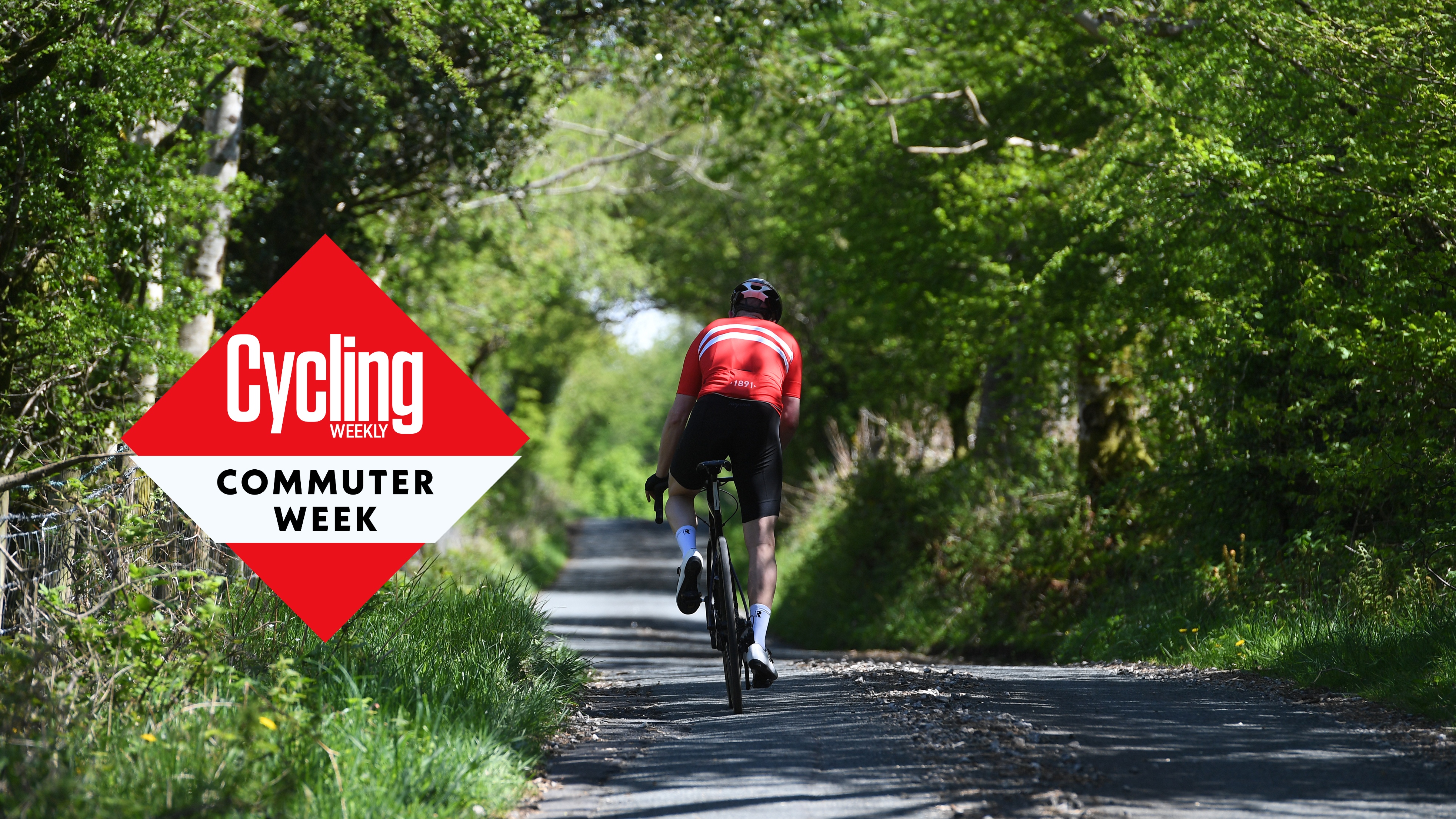Ask a coach: ‘Should I cycle commute every day?’
The length of your commute is a major factor; but there are ways to adapt your routine to maximise on the gains of riding into work


Aside from all the other benefits of commuting to work on the bike, using two wheels to get from A to B is a great way to maximise your available time - regardless of whether you are doing it to stay fit and active, or training for specific goals and events.
However, there are certain caveats you need to consider to ensure your cycling commute fits in with all your other plans. You wouldn't want to be overly fatigued from your daily commutes - especially if you have other rides planned, such as your weekend group ride or a mid-week race.
So how often should you ride to work? Cycle coach Alex Welburn explains what you need to consider…

Performance cycling coach Alex Welburn is one of the experts who will be answering your questions in Cycling Weekly's Ask a Cycling Coach series, online every Wednesday. He's currently completing a PhD on Critical power and W' at Loughborough University whilst also managing the Performance Project, in which he coaches athletes and provides consultation.
What distance is best if you want to commute every day?
Of course, your level of fitness plays a major part in the ideal length of your route. This advice isn't tailored to high-level racers, but more to your average commuting cyclist.
However, regardless of your current form, the longer your commute is, the more time you need to allow to complete the ride and also the more recovery you'll need. If your commute is always on the longer side, you might need to take some days off, or only ride one way.
I find that having multiple options is the best way to allow you to commute every day - or at least, most days - without becoming overtired. If you live quite far away from your place of work, that might involve adding in a train journey to bring the distance down.
Here are some common distances, and my thoughts on how regularly the average cyclist might aim to complete them:
The latest race content, interviews, features, reviews and expert buying guides, direct to your inbox!
10 km – A good length and very versatile which can give you lots of options. Depending on fitness level, this should be a very manageable distance for most to do every day, as it is 20km a day or 100km a week.
25km – For the average cyclist, this will take you around 60 minutes. Factors such as fitness, traffic lights, and hills all contribute to the duration. But you will know best how long your route takes you! While some might be able to manage it, for most of us, this distance is likely the upper limit for a daily commute. At this distance, you may want to consider occasionally getting to work by other means, to ensure you're making time for rest days.
Longer – 25km + This is where getting to work via other means and then cycling home becomes a good option. You may have the option to do this once or twice a week if it suits your plans. While this may be viable in the summer months, when it comes to winter, the thought of two long, cold commutes in wet and dark conditions is not particularly appealing. Some riders opt to ride one way, and return via car/train/public transport, use the same means to get back the next day and ride home, and so on - alternating the commute between the morning and evening. If you do want to ride both ways, keeping a stock of warm, dry kit at the office is a good idea during winter.
Other factors to consider
As distance starts to increase, one of the other elements you need to consider is your fuelling. The longer the ride, the more you’ll need to fuel. This goes for on and off the bike. Having all the ingredients needed to make a healthy (second) breakfast at your place of work is a good idea if your commute is on the longer end.
Commuting through spring and summer requires less kit than it does through the winter. However, unfortunately, you may still find yourself riding in the rain! Full-length fenders/mudguards can be useful, year round, and will reduce the muck on you and your bike.
Make sure you are seen, and can see the road clearly, with sufficient lighting on the bike. Having a spare set of bike lights in your bag is often smart, as well as having extra charging cables at your desk to keep them juiced up.
Alex is a Physiologist, Performance Coach, who also lectures occasionally at Loughborough
University where he is completing his PhD in Critical power and W'.
After competing for over 10 years on the bike, where he has competed for GB in both
cyclocross and mountain bike events, he now spends his spare time in the mountains as an
aspiring guide. Alex has worked with cyclists of all levels over the last 9 years, from ultra-
endurance world champions to the Women’s TDF. Supporting his PhD he manages The
Performance Project, consulting with and coaching athletes. Finally, he is also a proud
sponsor of southern based LAKA X Pedal Mafia Race Team.